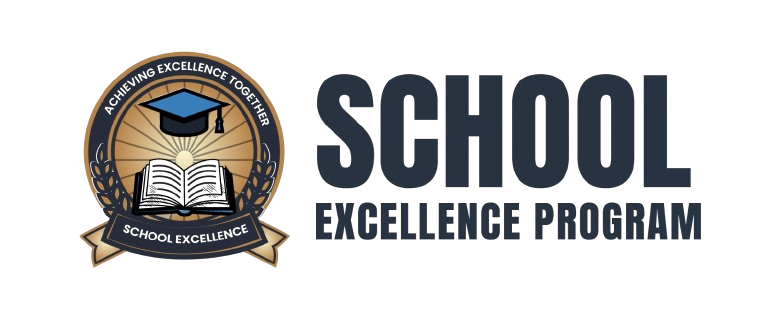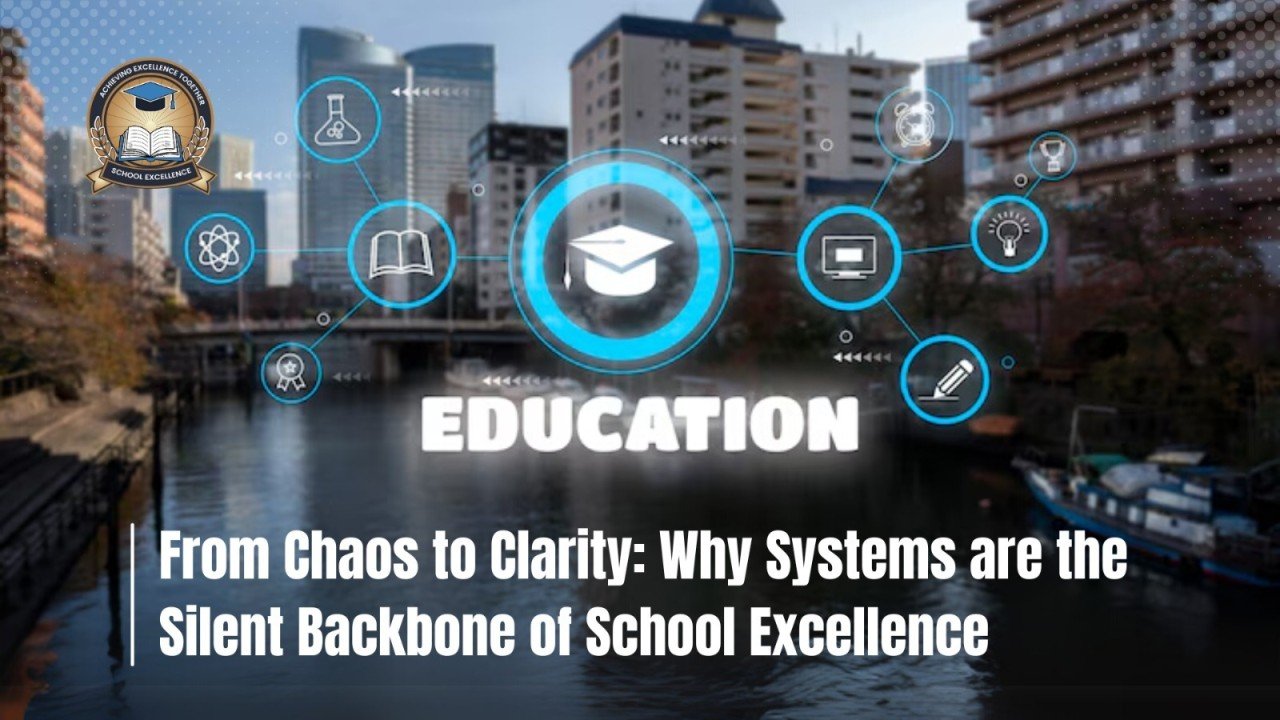From Chaos to Clarity: Why Systems are the Silent Backbone of School Excellence
In many schools, excellence is often perceived as a result of passionate teachers, hard-working students, and visionary leadership. While these elements are undoubtedly vital, what often goes unnoticed—but plays a decisive role—is the presence (or absence) of robust systems. Systems are the invisible architecture that support everything in a school — from academic delivery and teacher performance to communication, compliance, and culture.
Imagine a school where every academic year begins in chaos: last-minute timetables, incomplete staff allocations, overlapping responsibilities, or delayed parent communication. Now contrast that with a school that operates like a well-oiled machine—where planning is proactive, roles are clear, and processes run with minimal friction. The difference isn’t in intent; it’s in systems.
Systems bring order, predictability, and clarity. Whether it’s syllabus tracking, teacher development, academic audits, or fleet management—well-defined systems ensure consistency and continuity. They reduce the mental load on school leadership, giving them space to focus on innovation and growth rather than constantly firefighting.
The School Excellence Program is built on this very philosophy. It doesn’t just provide a checklist—it establishes a structured framework that empowers school leaders to see the full picture. It covers everything from academic calendars and student engagement activities to ERP adoption and compliance support. By replacing guesswork with data-backed insights and well-defined processes, schools gain a clear path forward.
One key area where schools often stumble is in aligning internal stakeholders: principals, coordinators, teachers, and admin teams. Without proper systems, each department works in silos. The School Excellence Program integrates operations, helping departments work in harmony through defined responsibilities, transparent reporting, and regular reviews.
Furthermore, a school with strong systems earns trust—of parents, educators, and regulatory bodies. Parents notice when communication is clear, events are well-organized, and feedback is prompt. Teachers stay longer in institutions that offer structured growth and support. And affiliations with boards like CBSE become seamless when documentation and audits are systematized.
Importantly, systems are not about creating rigidity. They enable flexibility by providing a dependable foundation on which schools can build innovations. Want to introduce a new skill-development program? Launch an AI lab? Improve student wellness? All of these initiatives succeed better when the basics are already streamlined.
In essence, systems are the silent yet powerful engine driving school excellence. Without them, even the best strategies fall apart. With them, schools don’t just function — they flourish.
If your school aspires to go from chaos to clarity, investing in structured, scalable systems isn’t optional—it’s essential.
Explore how the School Excellence Program can transform your school from the inside out.

